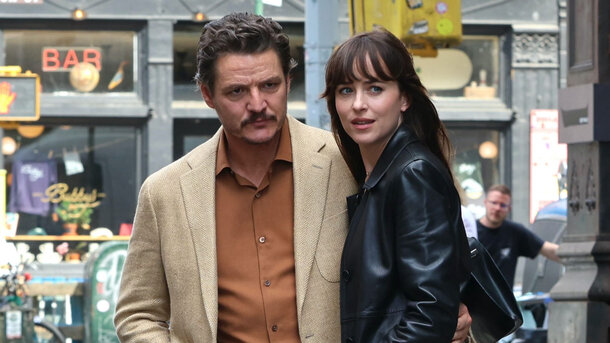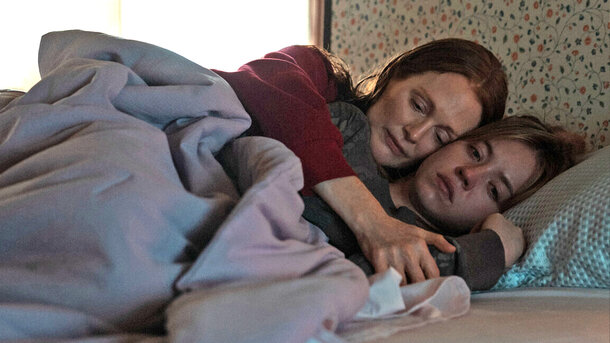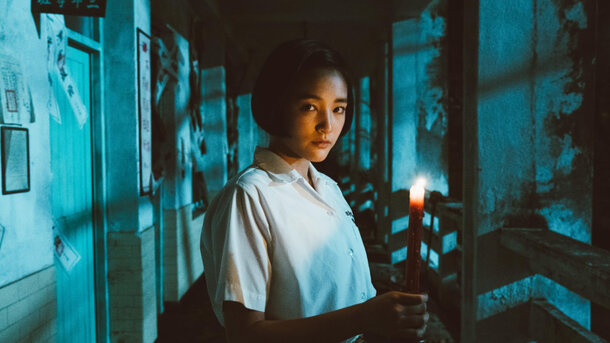The Last Picture Show (1971) is one of those. I stumbled across it on a whim years ago during a quiet Sunday binge, thinking it would be a sleepy period drama. I couldn’t have been more wrong. What unfolded was a heartbreakingly intimate portrait of adolescence, loneliness, and small-town inertia — the kind that makes you feel like you’ve wandered into someone’s memories and aren’t entirely sure you should be there.
Plot Overview: Fading Dreams in a Dusty Town
Set in a desolate Texas town in the early 1950s, this coming-of-age tale follows two teenage boys — Sonny Crawford (Timothy Bottoms) and Duane Jackson (Jeff Bridges) — as they wrestle with love, boredom, and the creeping emptiness of their surroundings. As the town’s only cinema limps toward closure, a stark metaphor emerges: not just for the death of an era, but for the erosion of connection, youth, and even hope.
What surprised me most is how little actually happens in terms of plot — and yet how much it feels. The emotional undercurrent is relentless. There’s the melancholy of first love, the ache of missed opportunities, and the quiet devastation of growing up where nothing grows.
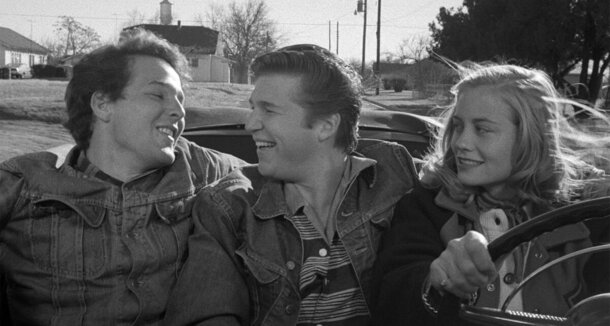
Director’s Vision: Peter Bogdanovich’s Bleak Nostalgia
Peter Bogdanovich’s direction is unflinching, yet tender. Filming in luminous black and white — a bold choice in the 1970s — he renders the dusty plains and hollow storefronts with a stark beauty that echoes the emotional barrenness of the characters’ lives. Bogdanovich doesn’t romanticise the past; instead, he mourns it.
The screenplay, adapted by Bogdanovich and author Larry McMurtry from McMurtry’s novel, is restrained, almost minimalist, yet loaded with implication. Every silence matters. Every glance aches.
Performances: Quietly Shattering
There’s not a weak link in the cast, but Cybill Shepherd, in her film debut as the alluring but emotionally distant Jacy Farrow, is hypnotic — equal parts cruelty and vulnerability. Jeff Bridges brings an earnest restlessness to Duane, while Timothy Bottoms quietly devastates as the tender, wounded Sonny.
Ben Johnson, who plays the ageing Sam the Lion, delivers a monologue about a long-lost romance that genuinely stopped me in my tracks. It’s no wonder he took home the Academy Award for Best Supporting Actor — one of two Oscars the film won, alongside Cloris Leachman’s equally heartbreaking performance as Ruth Popper, which earned her Best Supporting Actress.
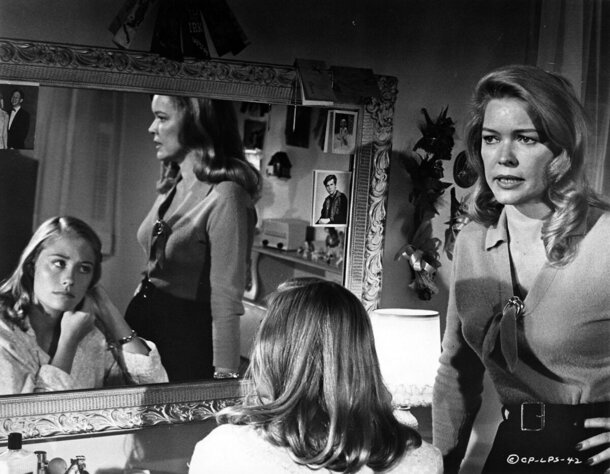
Cinematography and Sound: Stark and Poignant
Robert Surtees’ cinematography feels almost documentary-like — observing, not embellishing. The black and white palette strips away any sentimentality, laying bare the emotional desolation of the town and its residents. The soundtrack, filled with period-perfect country tunes drifting from radios and jukeboxes, feels less like a score and more like wallpaper — faint, fading, and ever-present.
Themes and Symbolism: The Death of Innocence
At its core, The Last Picture Show is a meditation on the erosion of innocence and the inexorable passage of time. The closing of the town cinema isn’t just a local event — it’s a symbolic death of communal experience, youthful hope, and the shared illusion that the world might one day offer something more.
Sex in the film is frequent but joyless, underscoring the characters’ desperation to feel something — anything. Friendships drift, love curdles, and even the weather seems indifferent.
Audience Reactions: USA vs. UK
American audiences in the 1970s, especially in smaller towns, saw The Last Picture Show as a raw mirror. It stirred nostalgia laced with discomfort, echoing their own experiences of post-war stagnation. Critics across the pond, however, responded with a slightly different lens. In the UK, where council estates and mining villages were facing their own crises of identity, the film’s commentary on isolation and generational disconnection resonated deeply — but the setting felt more alien, more like a cultural study than a personal reckoning. Over time, however, British viewers have embraced it as a quietly profound piece of cinema — the sort that doesn’t shout, but stays with you long after the credits roll.
Factual Details
- Directed by Peter Bogdanovich
- Written by Larry McMurtry and Peter Bogdanovich, based on McMurtry’s novel
- Cinematography by Robert Surtees
- Budget: $1.3 million
- IMDb rating: 8.0/10
- Academy Awards: Best Supporting Actor (Ben Johnson) and Best Supporting Actress (Cloris Leachman)
Final Thoughts: A Stillness That Speaks Volumes
There are flashier films, louder ones, more colourful and chaotic ones. But The Last Picture Show remains unforgettable precisely because it isn’t those things. It captures a moment — and a feeling — that’s long gone but never really leaves us. Watching it feels a bit like thumbing through a stranger’s diary: private, painful, yet strangely familiar.




